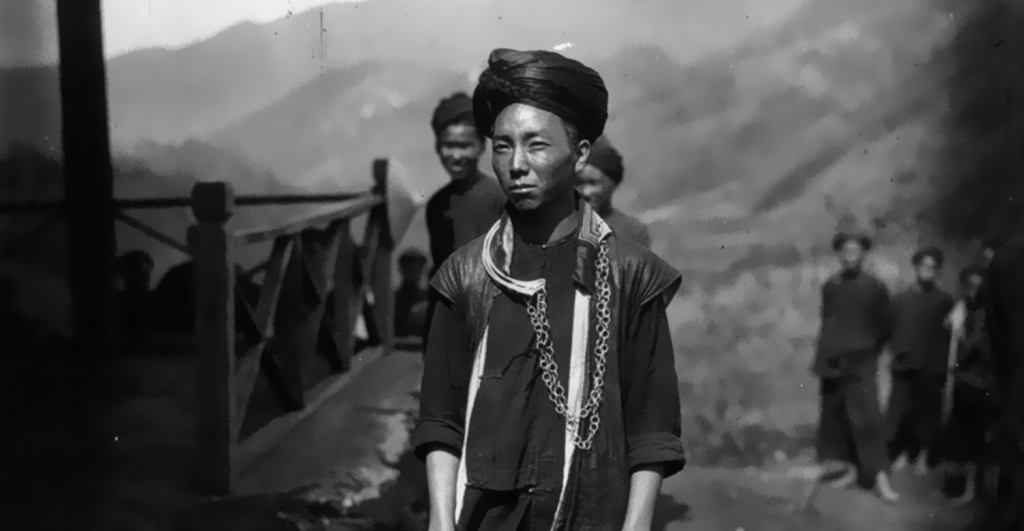
A Brief Biography of General Vang Pao
General Vang Pao was a prominent military leader of the Hmong people and is remembered as a hero and a leader in the Hmong community both in Laos and around the world. He was born in December 1929 in the Xieng Khouang province of Laos and grew up in a time of political and social upheaval.
As a young boy, Vang Pao was educated at a missionary school, where he first learned about the outside world and developed a strong sense of pride in his Hmong heritage. Despite facing discrimination and poverty, Vang Pao was determined to make a difference in the world and to help his people.
In the 1950s, Vang Pao became involved in the Laotian Civil War, fighting against the communist Pathet Lao. He quickly rose through the ranks and was soon appointed as a commander in the Laotian army.
During the Vietnam War, Vang Pao played a key role in the secret war in Laos, leading a guerrilla army of Hmong soldiers against the North Vietnamese. He was known for his bravery, tactical skill, and unwavering commitment to his cause. He coordinated air operations and supplied the Hmong forces with weapons and other resources, and he is credited with saving countless lives during this time.
After the war, Vang Pao moved to the United States, where he became a vocal advocate for the Hmong people. He worked to resettle Hmong refugees in the United States and helped to establish a number of Hmong-American community organizations. Despite facing opposition and discrimination, Vang Pao remained steadfast in his commitment to his people, and he is remembered as a symbol of hope and resilience in the face of adversity.
In the years following the Vietnam War, Vang Pao was widely respected and admired within the Hmong community. He was seen as a symbol of strength and leadership, and he inspired countless young Hmong people to strive for a better future. Despite facing challenges and setbacks throughout his life, Vang Pao never lost his sense of purpose and remained steadfast in his commitment to his people until his death on January 6, 2011









Responses